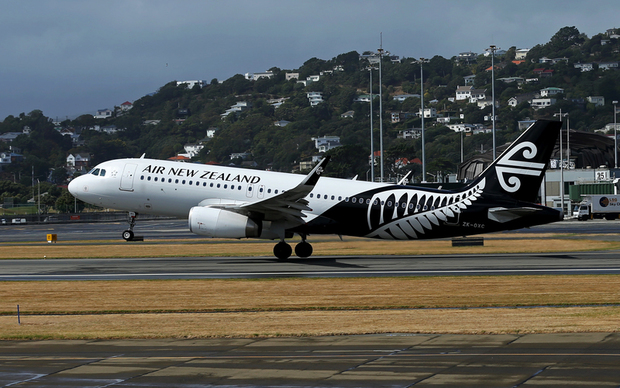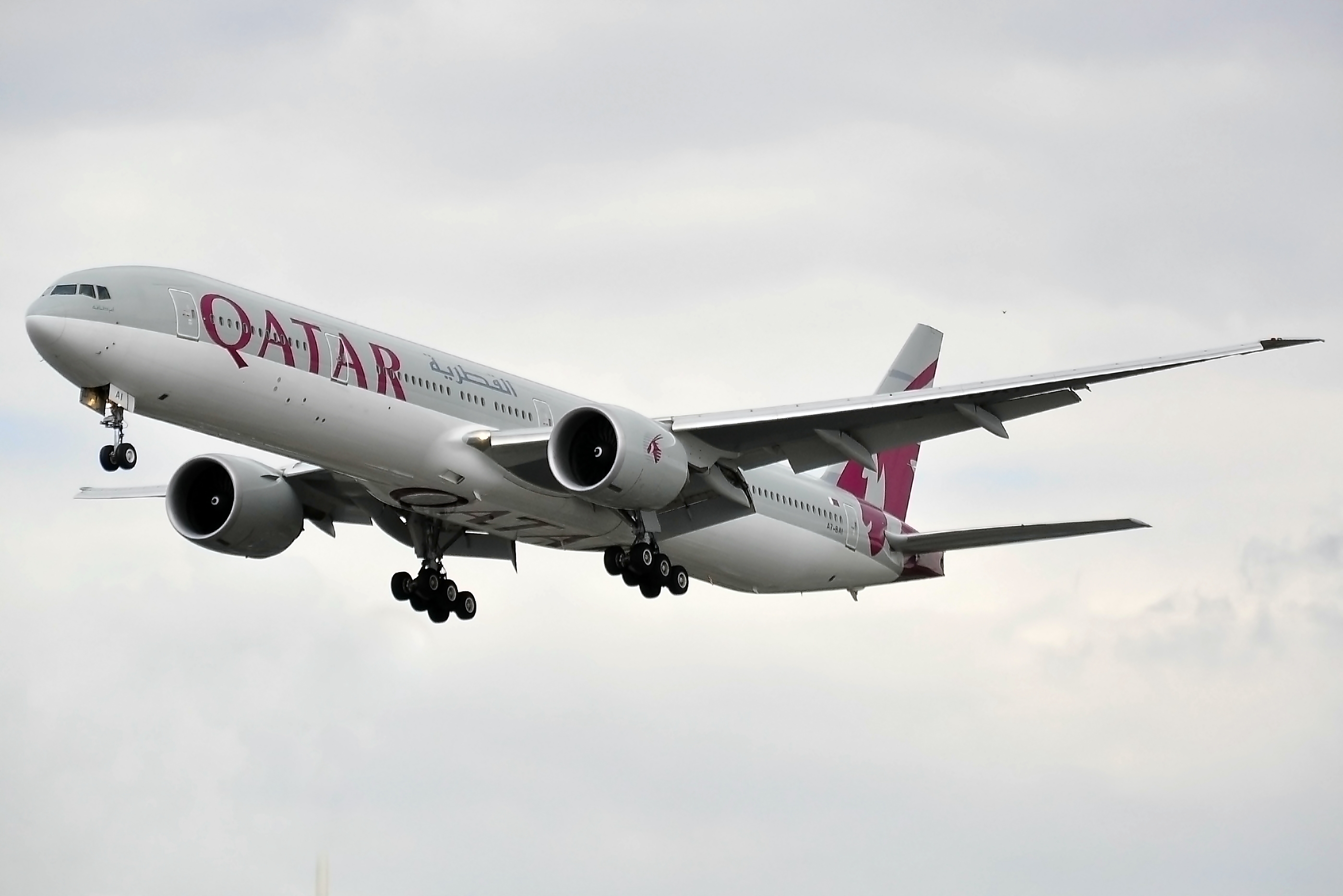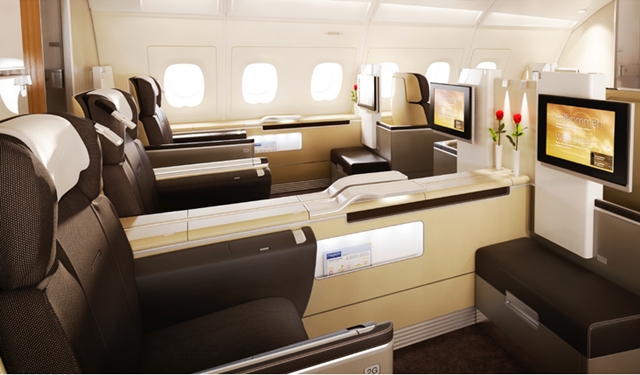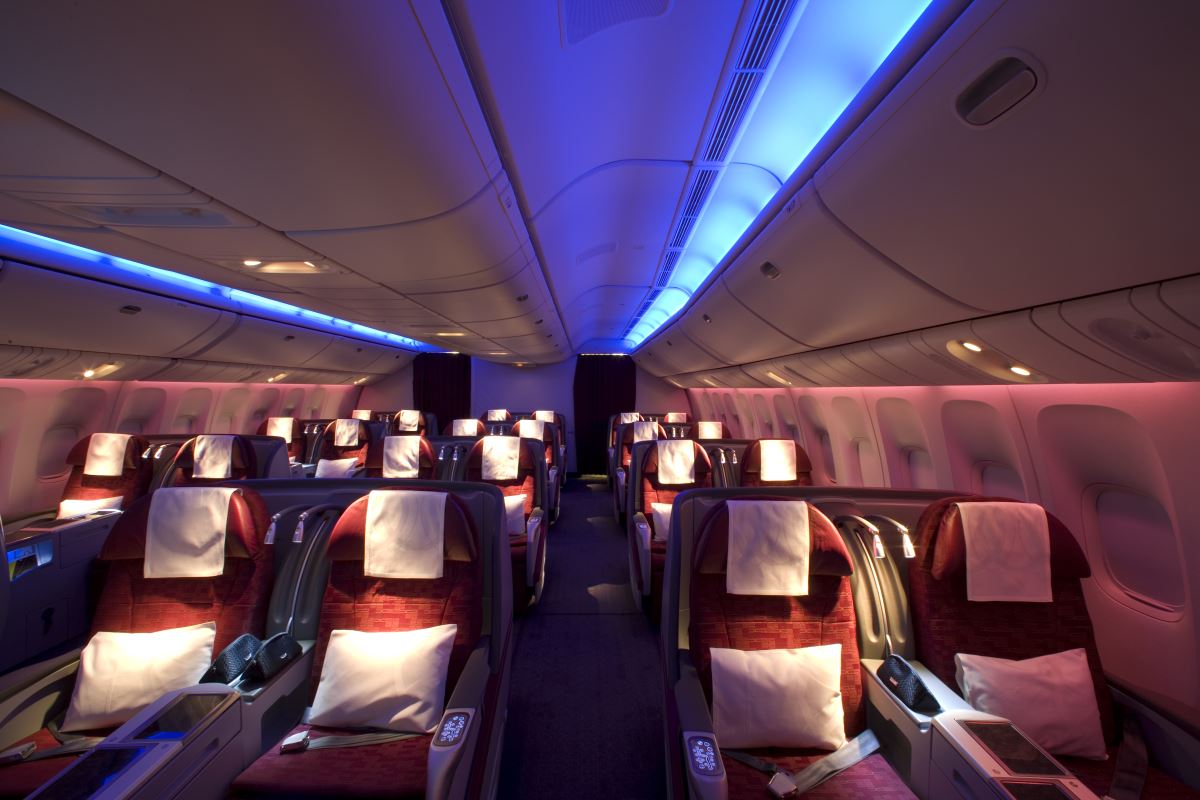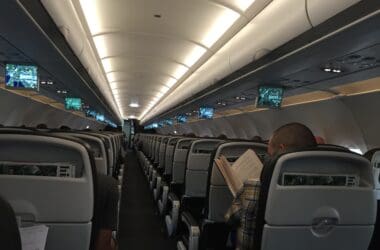If you’ve ever landed in Wellington, New Zealand, you’ll know that it’s not for the nervous flyers amongst us. The runway is bordered on both sides by water, essentially on an island. This means you don’t see land beneath you until seconds before touchdown. NZ’s capital’s airport is also known for some of the most turbulent landings, caused by the wind funneling effect from the Cook Strait.
It is therefore no wonder that expansion of the nation’s third busiest airport has been on the table for years. The notoriously short runway is in need of an extension, as well as new terminals to cater for increasing business and tourism in Wellington. And this would be great news for NZ’s national carrier, Air New Zealand, right? Well… no.
Air New Zealand’s business plan works like many successful airlines on the hub-and-spoke method, with their hub being New Zealand’s busiest airport, Auckland. They have a fleet of longhaul aircraft (787, 777) to take passengers here, and a shorthaul fleet of turboprops and A320s to ferry them around the country.
This works great for tourists who want to visit both New Zealand’s buggest city, and all the little towns, whose allure comes from the picturesque countryside, activities and culture. It’s also a very efficient model for the airline, as they can centre the bulk of their staffing, maintenance and admin to one location.
However, the problems start when other longhaul carriers start offering direct flights to different cities. This has already been demonstrated by Singapore Airlines and Emirates, who offer services to Christchurch. Air New Zealand simply doesn’t have enough resources to offer direct overseas flights from more than one airport. Now, travelers are receiving more direct travel, perhaps even at a cheaper price.
And expansion of the Wellington would only increase this competition. This would be great for the economy, but bad for the national carrier, ironically, who publically savaged the plans, saying no airline could make money out of it.
Final thought
The airline appears to be in a bit of a conflict of interest. As the national carrier of New Zealand, one would have thought that anything that was in the best interest for the country would be supported by the airline, but this clearly isn’t the case here. I suspect ANZ are also terrified of the prospect of competition from Middle Eastern carriers. Their business models are not ones of profit, but essentially extensions of the tourism budget of the Middle Eastern countries, who realise that they will need a thriving tourism market to pad them out when the oil runs out. They are therefore loss-leading, and very hard to compete with, as we have seen in America. With Emirates there to stay, and Qatar introducing direct DOH-AKL flights, I’m sure Air New Zealand are quaking in their boots.




